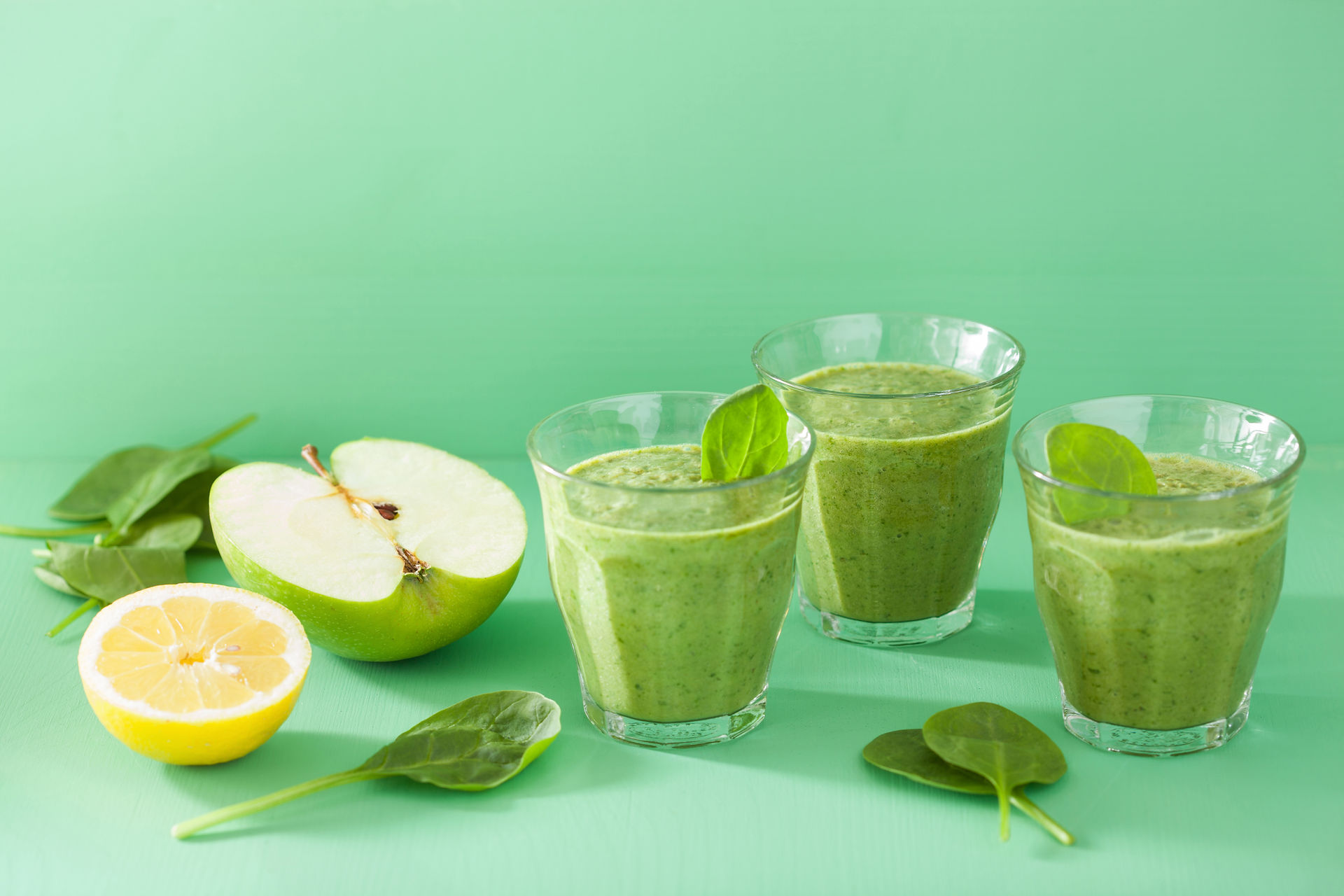

Achyranthes Aspera
Scientific name - Achyranthes Aspera
Achyranthes aspera Linn. (Amaranthaceae) commonly known as Prickly Chaff flower (English) is traditionally used for treating a number of ailments. Different parts of the plant are used in treating wounds and ringworm in East Africa and elsewhere for a number of ailments.
Prickly Chaff Flower
Achyranthes aspera is an erect or spreading long-lived (perennial) herb which can grow up to 2 m tall. It’s stems become woody at the base. It short-stalked leaves (dark green above and paler below) are opposite, simple and egg-shaped with broad end at base (ovate) up to 10 cm long by 8 cm wide, densely to sparsely hairy (pubescent) tapering to a point at both ends and shortly stalked.
The small greenish-white flowers form narrow, elongated terminal spikes up to 60 cm long. As the flowers age, they bend downwards and become pressed closely against the stem. The bracts surrounding the flowers in the fruiting stage have sharp, pointed tips making the heads spiny to the touch. The sharp-pointed fruits are orange to reddish purple or straw-brown capsules.
The Achyranthes Aspera is stated to contain the following major classes of compounds:
-
Fatty acids.
-
D-glucuronic, Betaine.
-
Oleanolic acid, triacontanol.
-
Spathulenol, alkaloids.
-
Achyranthine, different amino acids.
-
Ecdysterone.
-
Oleonic acid.
-
Bisdesmosidic, triterpenoid-based saponins.
-
Spinasterol, dihydroxy ketones.
-
n-hexacos-14- enoic.
Uses
-
Achyranthes aspera is a medicinal plant and can also be used as a diuretic for goats and for other veterinary purposes.
-
The Achyranthens Aspera having expectorant, stomach tonic, laxative, anthelmintic, diuretic, lithotriptic, sudorific, demulcent, anti-inflammatory, anticataract, antifungal, antibacterial, hypoglycemic, antihyperlipidemic, antiperiodic, antiasthmatic, hepatoprotective, anti-allergic properties s it aids to treat various health issues.
-
Achyranthens Aspera plant supplements help remove excess body fat by preventing accumulation in the abdomen; gluteal regions control body weight.
-
Achyranthens Aspera juice has ropan (astringent), anti-inflammatory properties; therefore, it is used in ulcers/wounds for faster healing.
-
Achyranthens Aspera root paste and juice help to lower the pain, reduce itching, skin rashes in insect bites, and urticaria when applied topically and helpful in earache.
-
Daily consumption of Achyranthens Aspera supplement powder with honey improves digestion.
-
Achyranthens Aspera mix with tankana bhasm and lemon juice. This mixture is used to remove warts, but this procedure can burn the skin. Therefore it is advisable to do this process under doctor consultation.
-
Achyranthens Aspera is rich in potassium, so it keeps the heart-healthy.


References
An, J., Zuo, G. Y., Hao, X. Y., Wang, G. C., and Li, Z. S. (2011). Antibacterial and synergy of a flavanonol rhamnoside with antibiotics against clinical isolates of methicillin-resistant Staphylococcus aureus (MRSA).
Aremu, A. O., Finnie, J. F., and Van Staden, J. (2012). Potential of South African medicinal plants used as anthelmintics – Their efficacy, safety concerns and reappraisal of current screening methods.
Bidyadhar, D., Veena, T., and Nirmalendu, S. (2006). Effect of isoflavone from Flemingia vestita (Fabaceae) on the Ca2+ homeostasis in Raillietina echinobothrida, the cestode of domestic fowl.
Koshiro, Y., Jackson, M. C., Katahira, R., Wang, M.-L., Nagai, N., and Ashihar, H. (2007). Biosynthesis of chlorogenic acids in growing and ripening fruits of Coffea arabica and Coffea canephora plants. Z. Naturforsch.